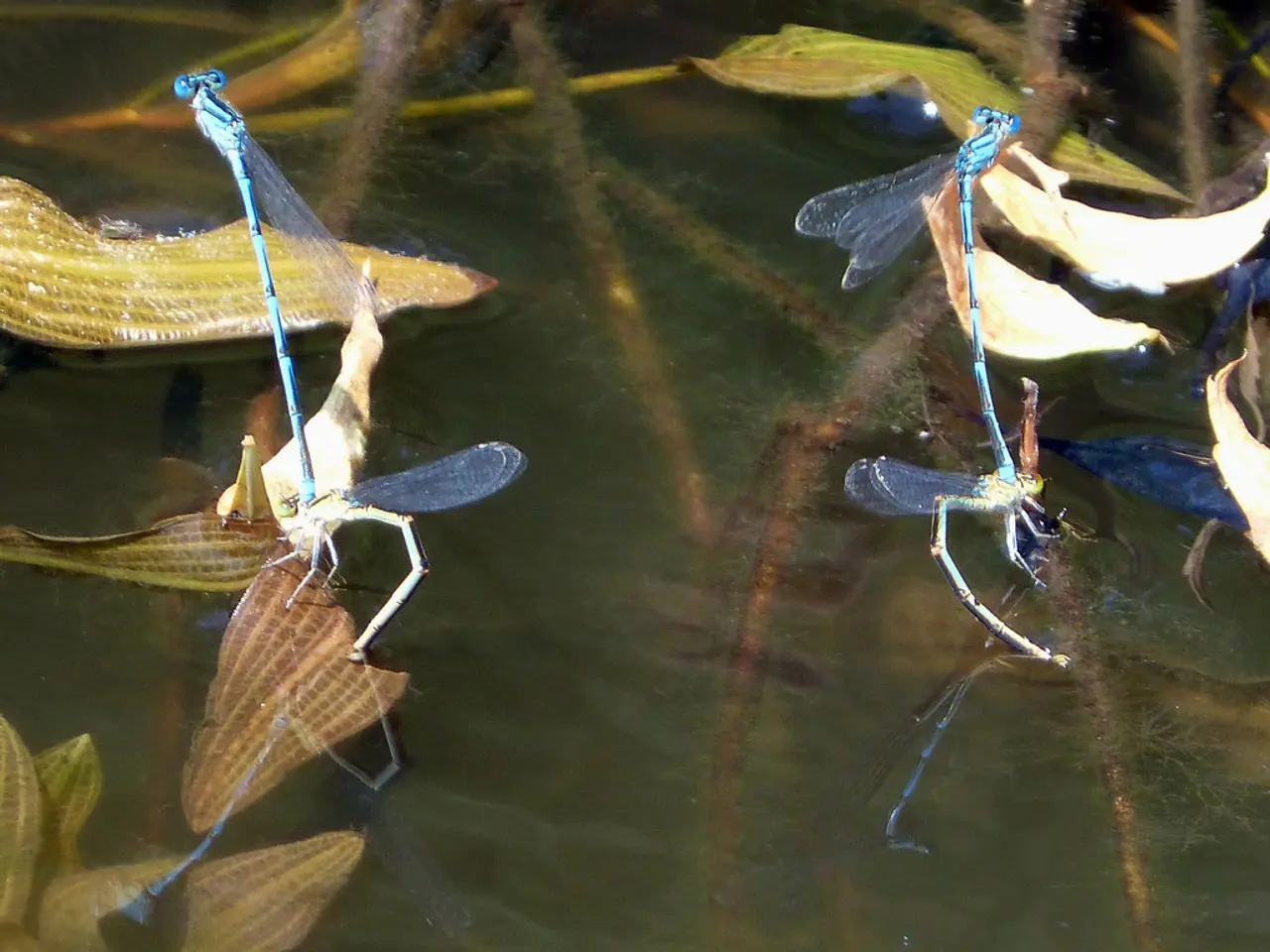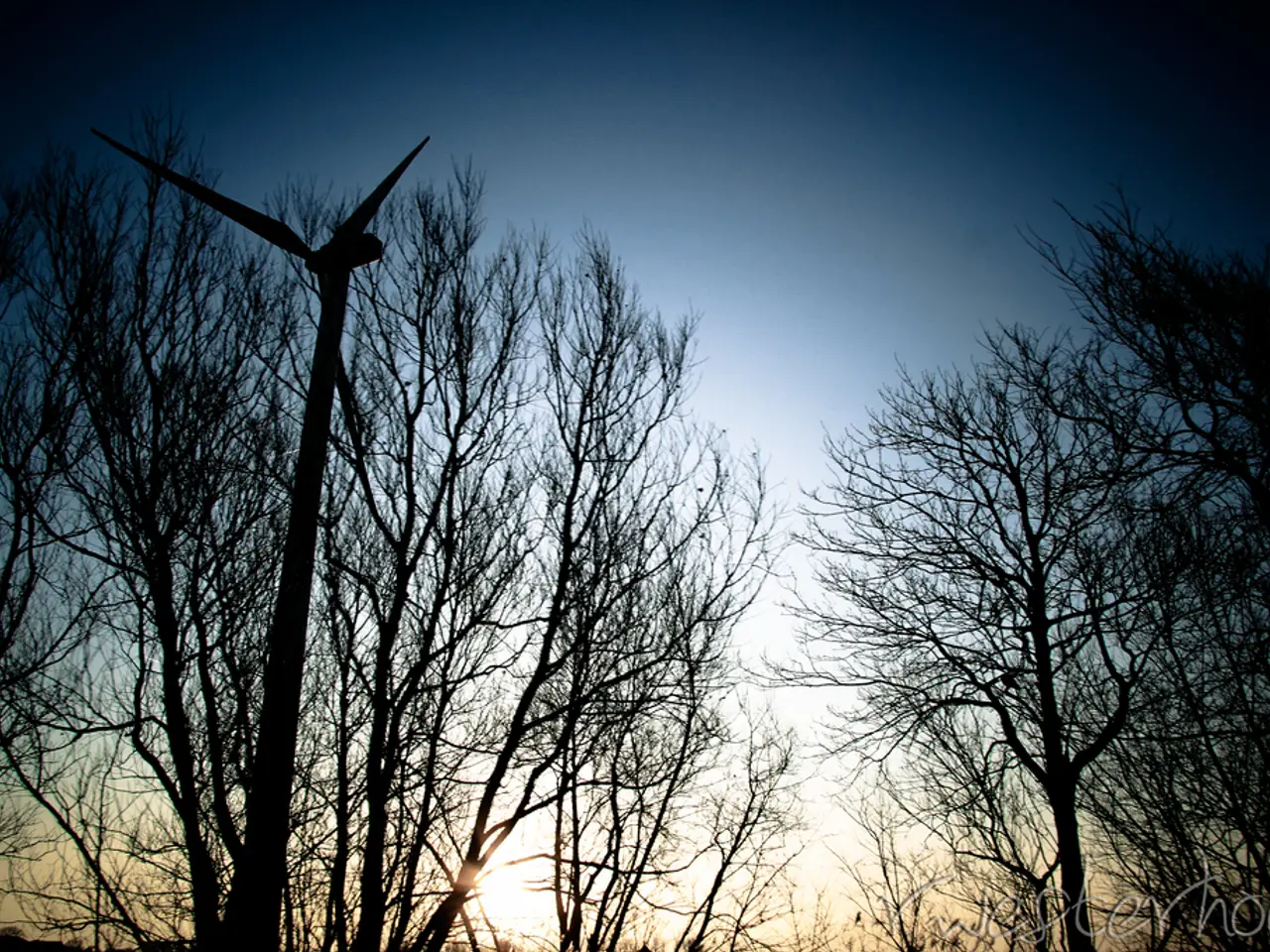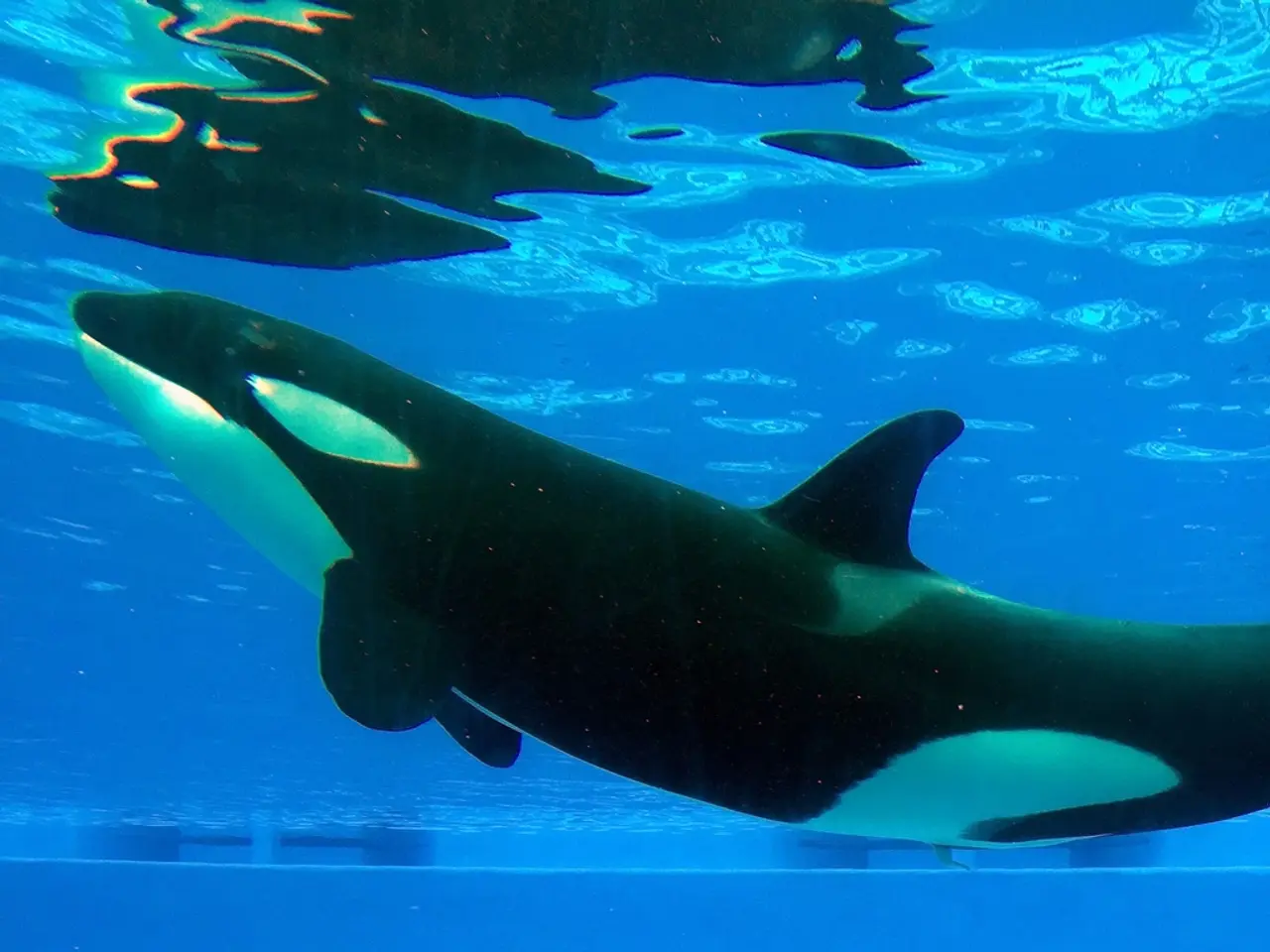Lake Werdersee largely inaccessible due to water-borne ailment outbreak
Lake Werder, a popular recreational spot, has seen a ban on water sports due to the growth of water hyacinth in the lake. This ban applies to the entire body of water, not just the areas affected by the invasive plant.
The water hyacinth, a common issue in freshwater environments, can pose several safety concerns. It can reduce water quality and oxygen levels, affecting both aquatic life and human health. Moreover, it increases the risk of entanglement or obstruction for swimmers, snorkelers, and boaters. Dense hyacinth mats can hide debris or create uneven lakebed conditions, posing potential hazards.
While specific safety guidelines for swimming and water sports on Lake Werder related to water hyacinth growth could not be found, general precautions for such conditions are recommended. These include avoiding swimming or water sports in densely covered areas, following local advisories, using designated swimming areas, and proceeding cautiously in hyacinth-affected zones.
However, it is essential to consult local authorities managing Lake Werder or nearby municipalities for updated safety advisories related to water hyacinth. Emergency services may not always be able to help in cases involving the water hyacinth, making direct communication with local authorities crucial.
Despite the ban, it is worth noting that the designated bathing area on the north shore of Lake Werder remains safe for swimming. The German Lifeguard Association (DLRG) operates a lifeguard station on the north shore and will continue to do so during the prohibition period. Swimming is currently safe only within the red buoy line on the north shore.
Canoeing, rowing, inflatable boats, and stand-up paddleboarding are strongly discouraged on Lake Werder at this time. The water hyacinth, which has recently been removed from the designated bathing area, still poses a potential danger to boat operators and emergency services.
The official prohibition of swimming and all water sports outside the bathing area on Lake Werder's north shore starts from the coming weekend. Safety for bathers cannot be guaranteed outside the designated bathing area. Swimmers outside the designated area may still face safety risks, as the water hyacinth can potentially wrap around boat propellers, preventing rescue boats from reaching people in distress.
In conclusion, while specific published safety guidelines for swimming or water sports on Lake Werder due to water hyacinth growth are not available from the provided sources, it is advisable to follow general precautionary measures typical for water hyacinth-affected areas and to consult local authorities for the most accurate and updated information.
Science reveals the water hyacinth, an issue in freshwater environments, can impact health-and-wellness, especially with regard to Lake Werder. This invasive plant affects water quality and oxygen levels, potentially endangering both aquatic life and human health, as well as increasing entanglement and obstruction risks for swimmers, snorkelers, and boaters. Fitness-and-exercise enthusiasts are advised to exercise caution during the ban on all water sports, as accessibility may be limited due to the environmental-science issue of water hyacinth growth.




